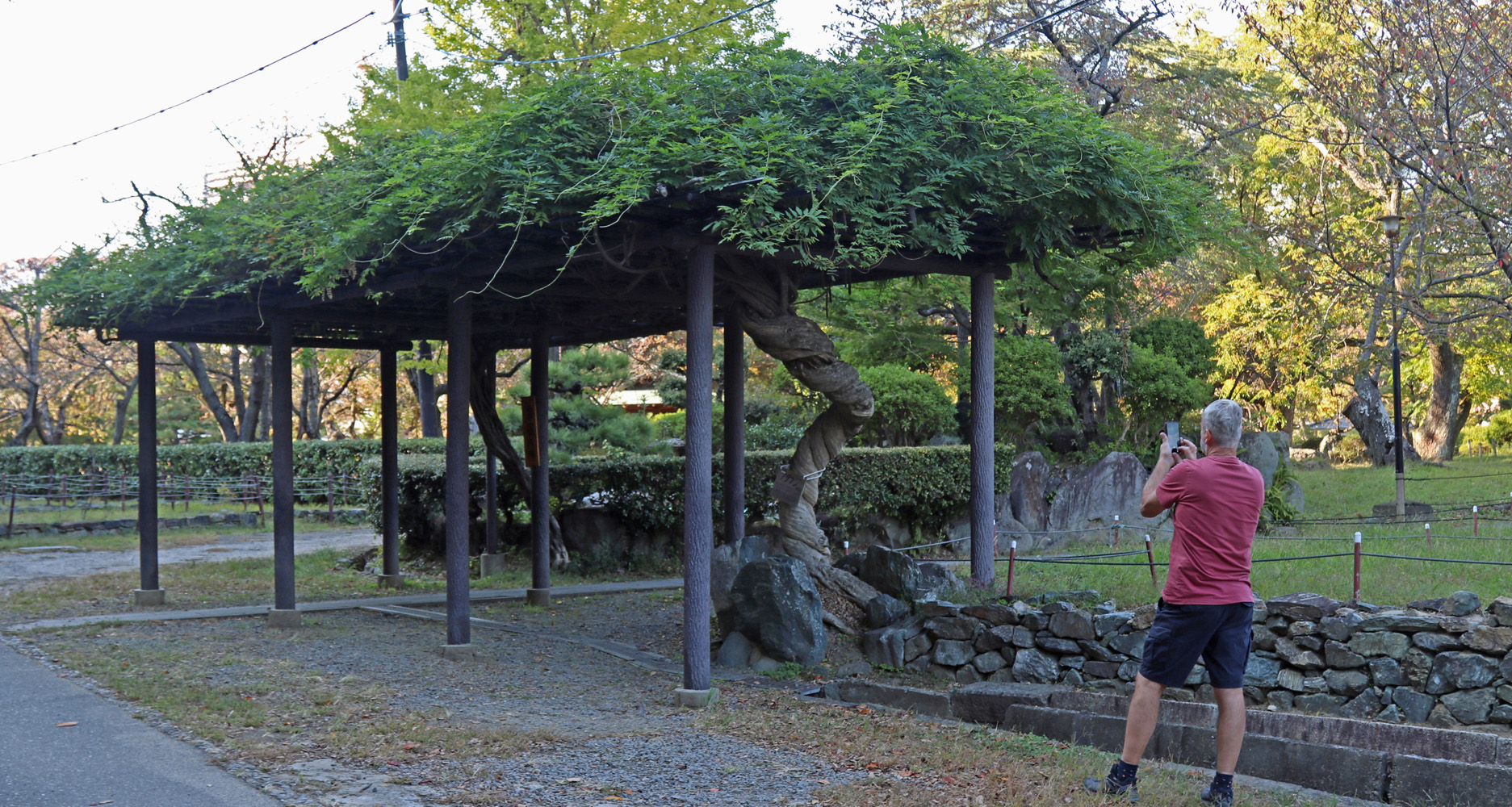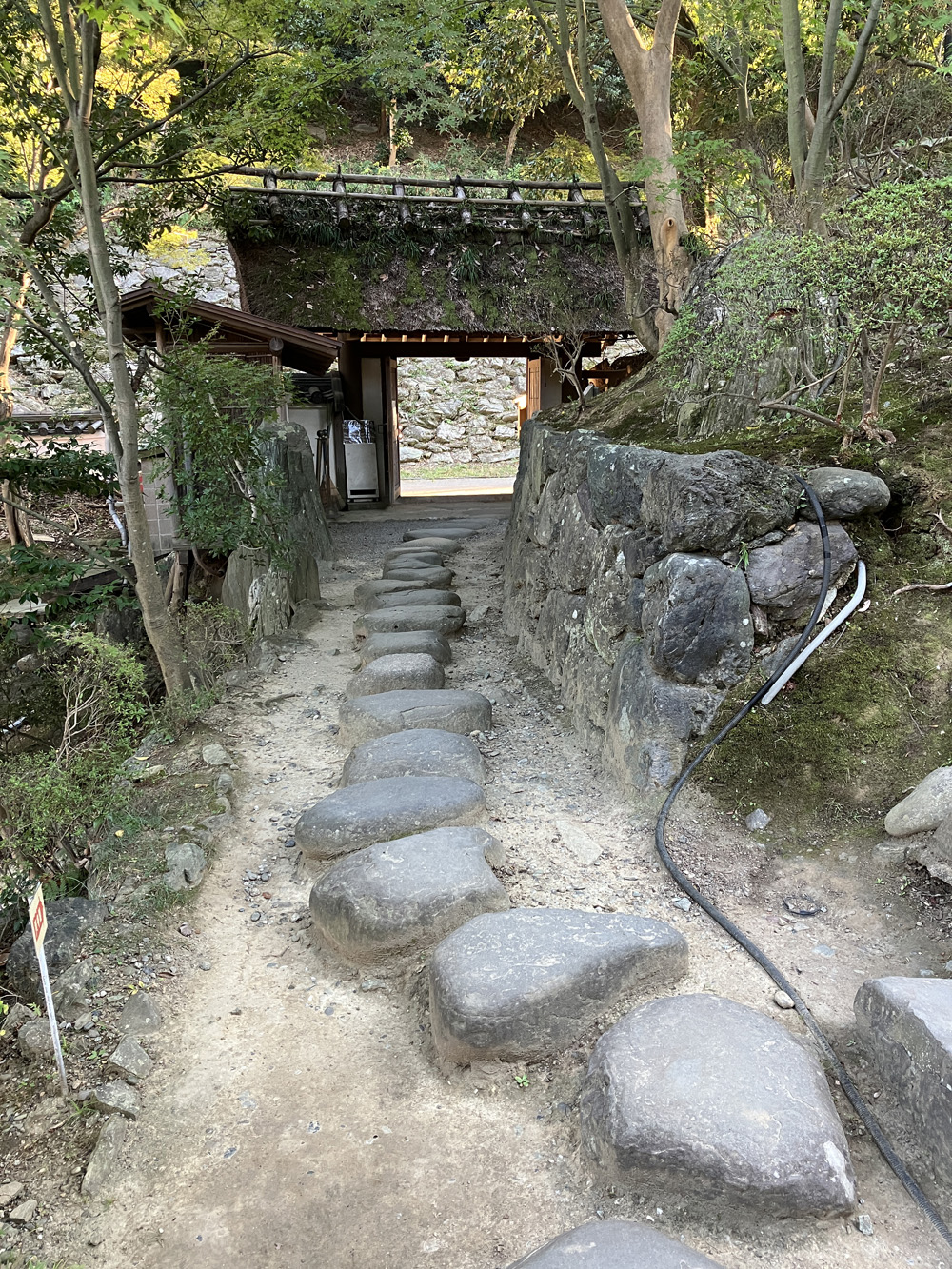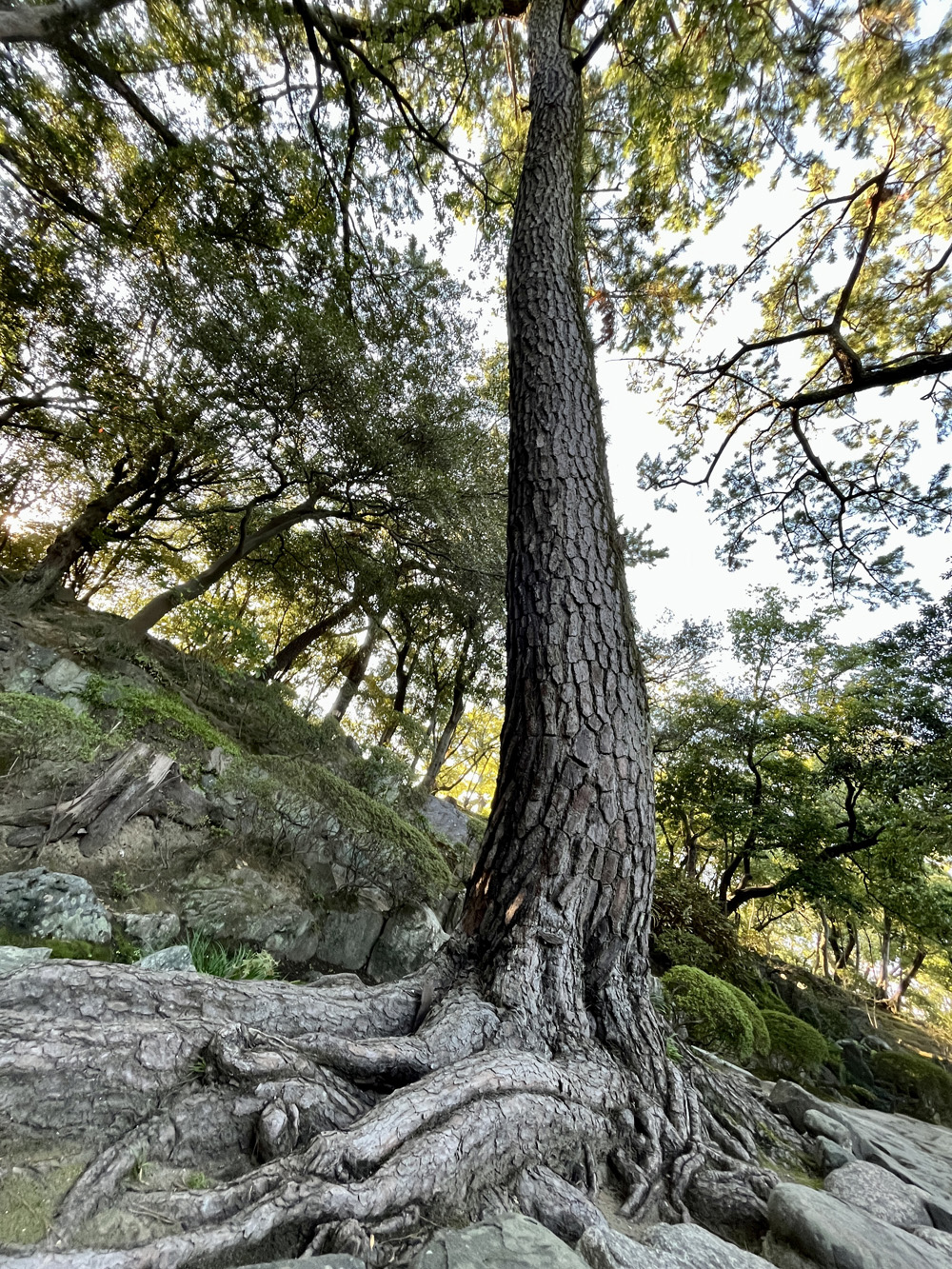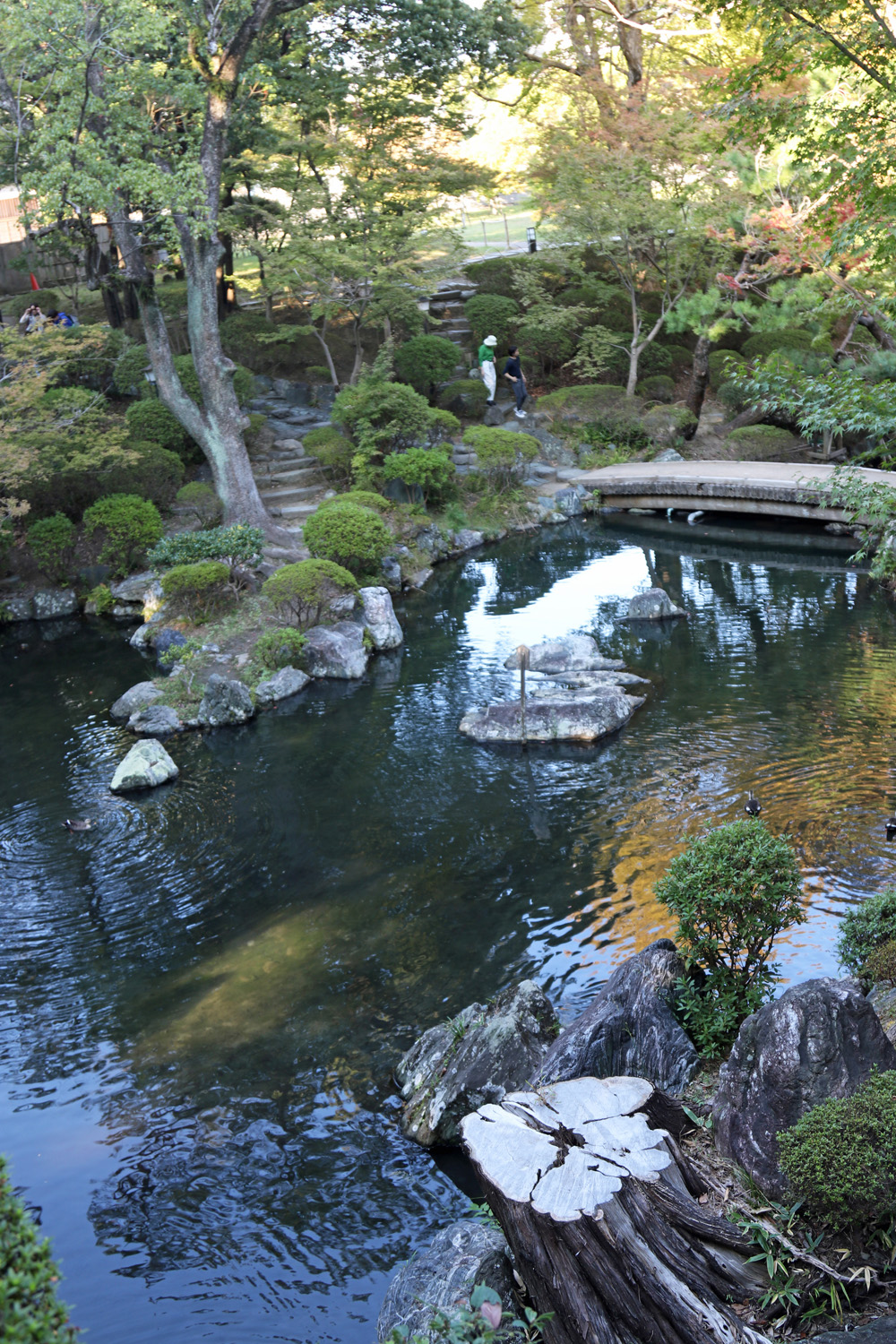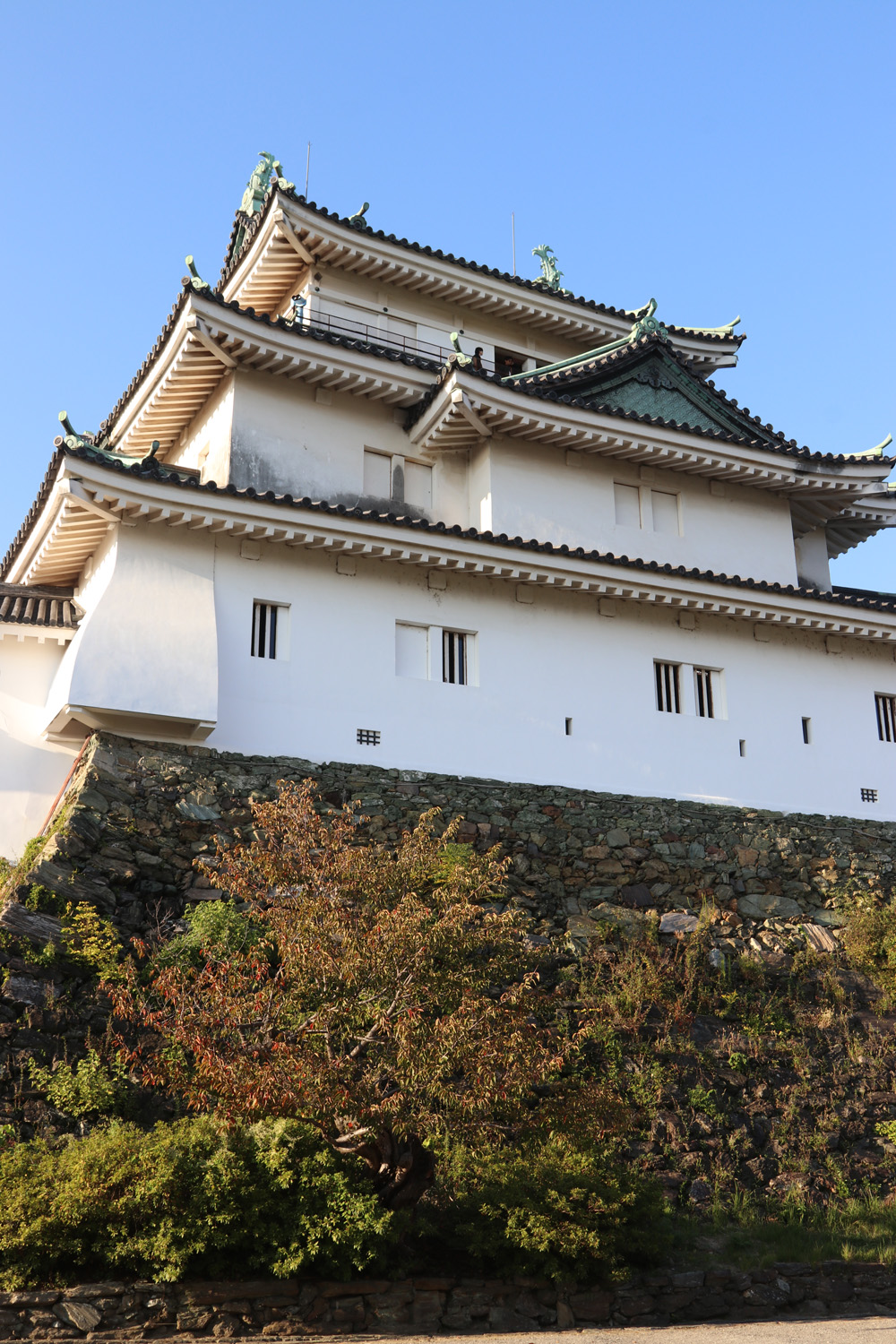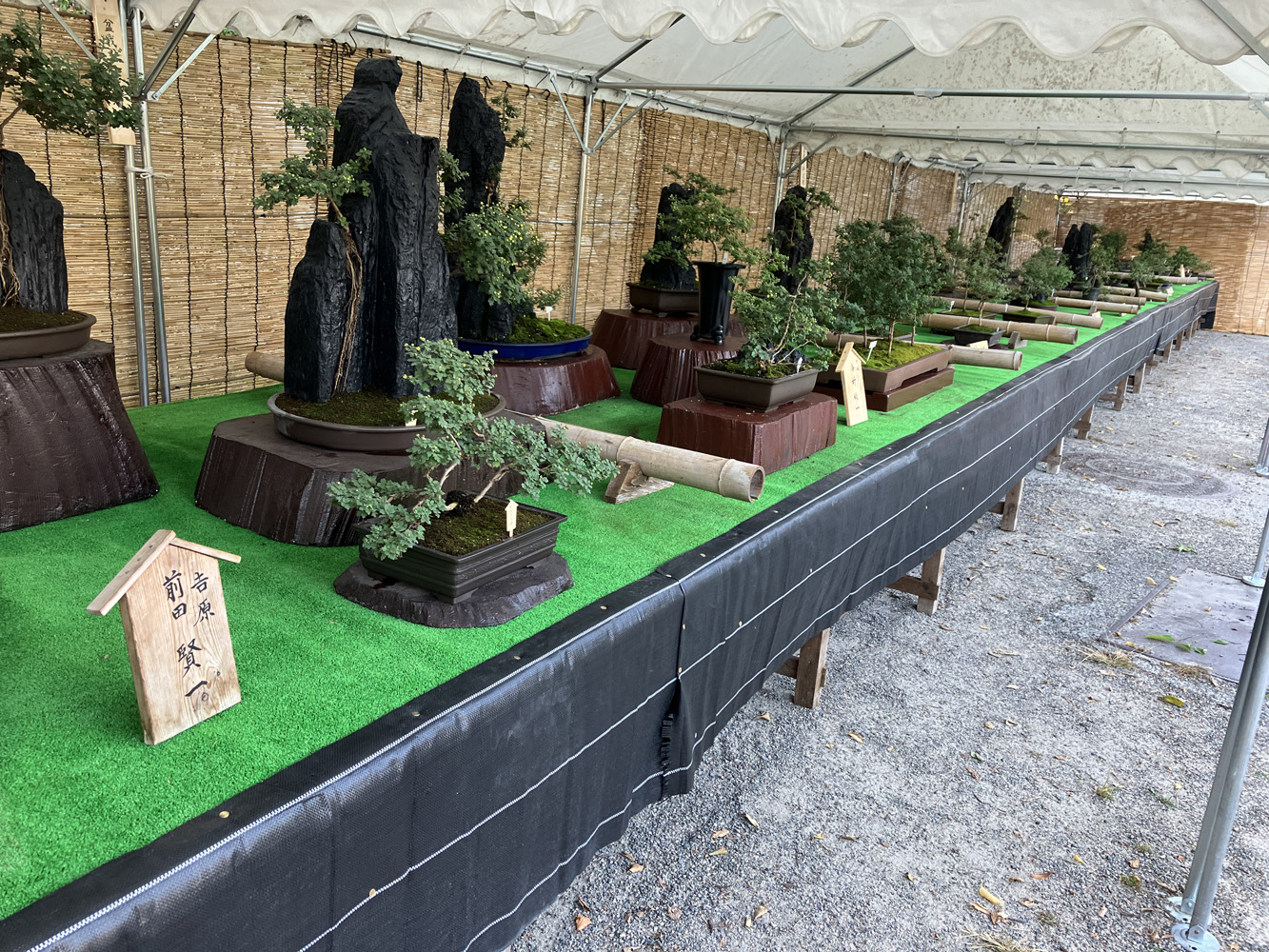Wakayama
Wakayama
Wakayama City is the capital of Wakayama prefecture and is located an hour south of Osaka City. The prefecture is large and full of history offering lots to see if you have a few days to spend there, from temples to beaches! And is also famous for its own Wakayama ramen. Although we only had the afternoon to spend exploring the city we still managed to see quite a bit including the stunning castle.
For this particular trip Wakayama city was our first destination and overnight stay before heading up to Tokyo. We travelled direct from the Kansai Airport and the Hanwa and Kansaikuko local train lines taking 46 minutes.

Since we had been traveling nearly 24 hours at this point! We didn’t want to spend more time traveling, so planned for the short journey to Wakayama to visit the castle, gardens and zoo, so to have a more relaxing rest of the day. This was especially helped by the weather, which was certainly different from back home being clear blue sky and around 23c!
We dropped off our bags at the
hotel and headed to the castle grounds being about a 30minute walk, and nice to
stretch the legs! On our way we stopped off at a seven eleven, which are
everywhere and convenient, for a sandwich and coffee to refuel.
If you didn’t want to walk, you can
get the Wakayama Bus from the JR Wakayama Station to the ‘Koen-mae’ Bus stop.
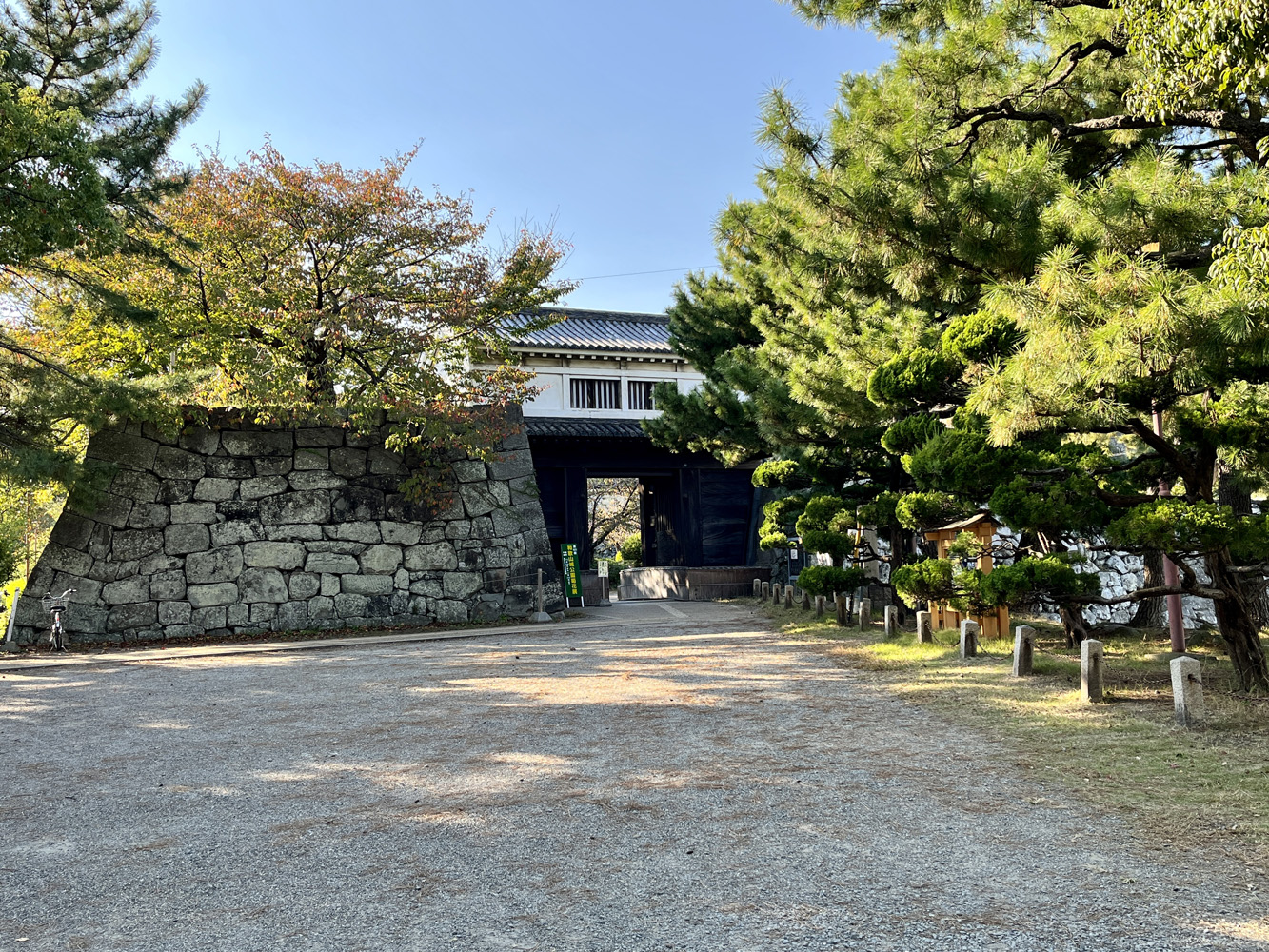
Wakayama Castle
With Wakayama not being a tourist focal point like Kyoto, the walk to the castle seem very quiet. We entered the castle grounds via the north eastern Okaguchi-mon Gate, of which there was a large sloping path up into the grounds. Since it was now midday, only a short distance from the gate we found a nice seat to have our sandwiches that we had just purchased. It was nice to relax for a little while in the sun!
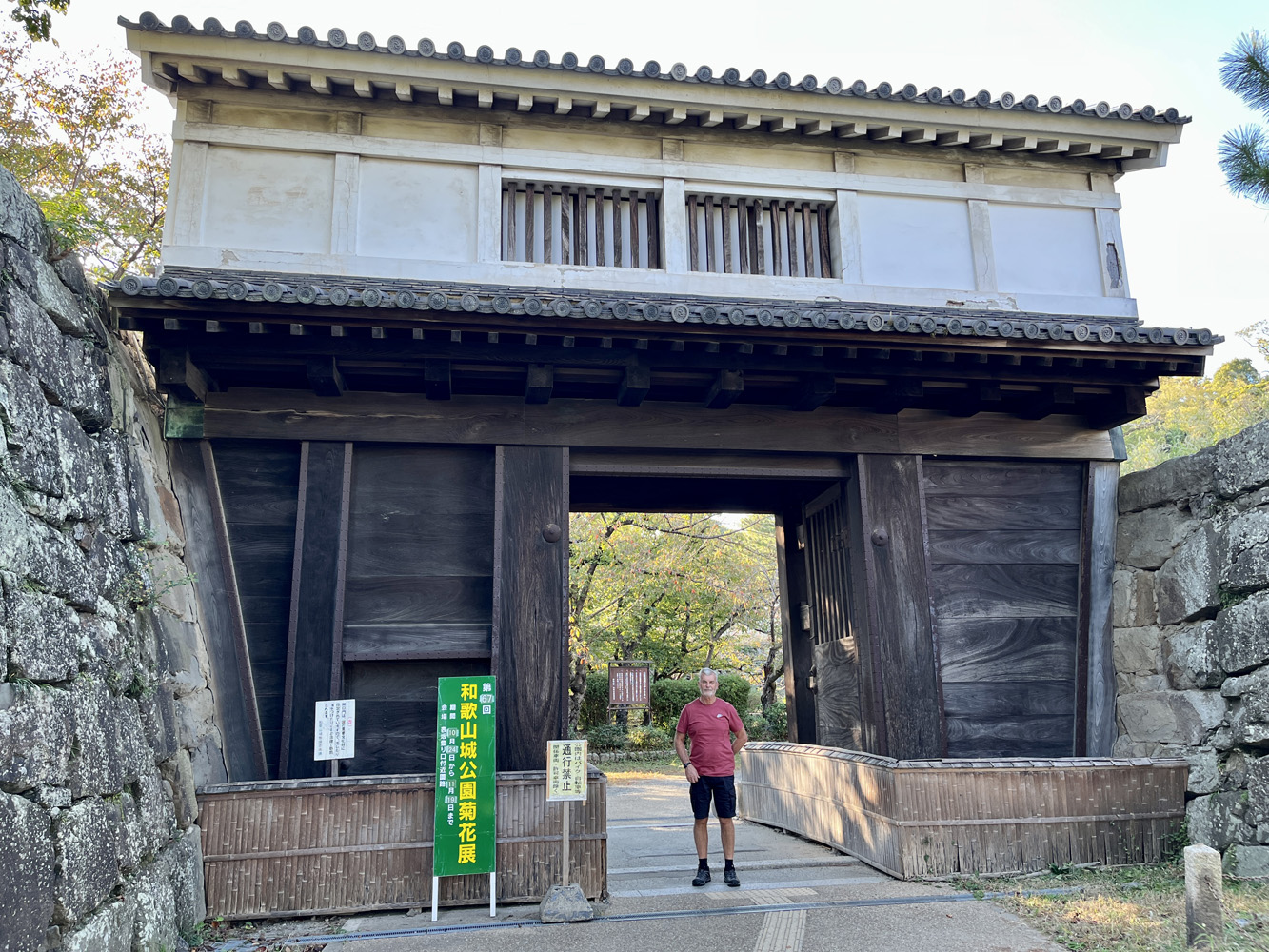
After our brief pit stop we venture into the castles grounds, where we soon came across lovely plant and flower displays. Nearly every castle we have visited this time of year we have come across these displays…I think we must time it just right! There were some stunning show Chrysanthemums or Kiku in Japanese on display, which are highly thought of being the national flower of Japan. There were also some Bonsai Chrysanthemums on display which we had seen before and very interesting to see.
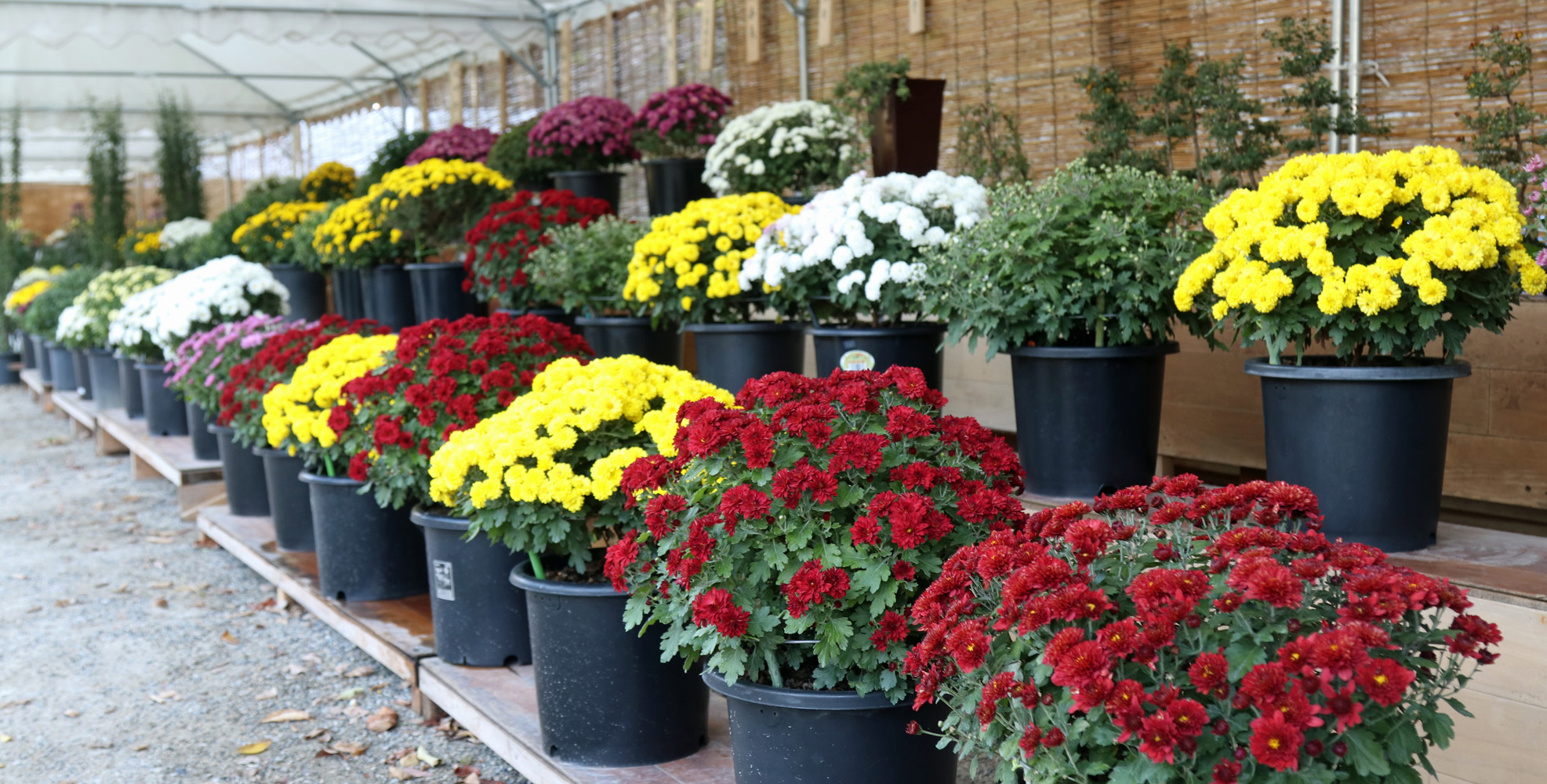
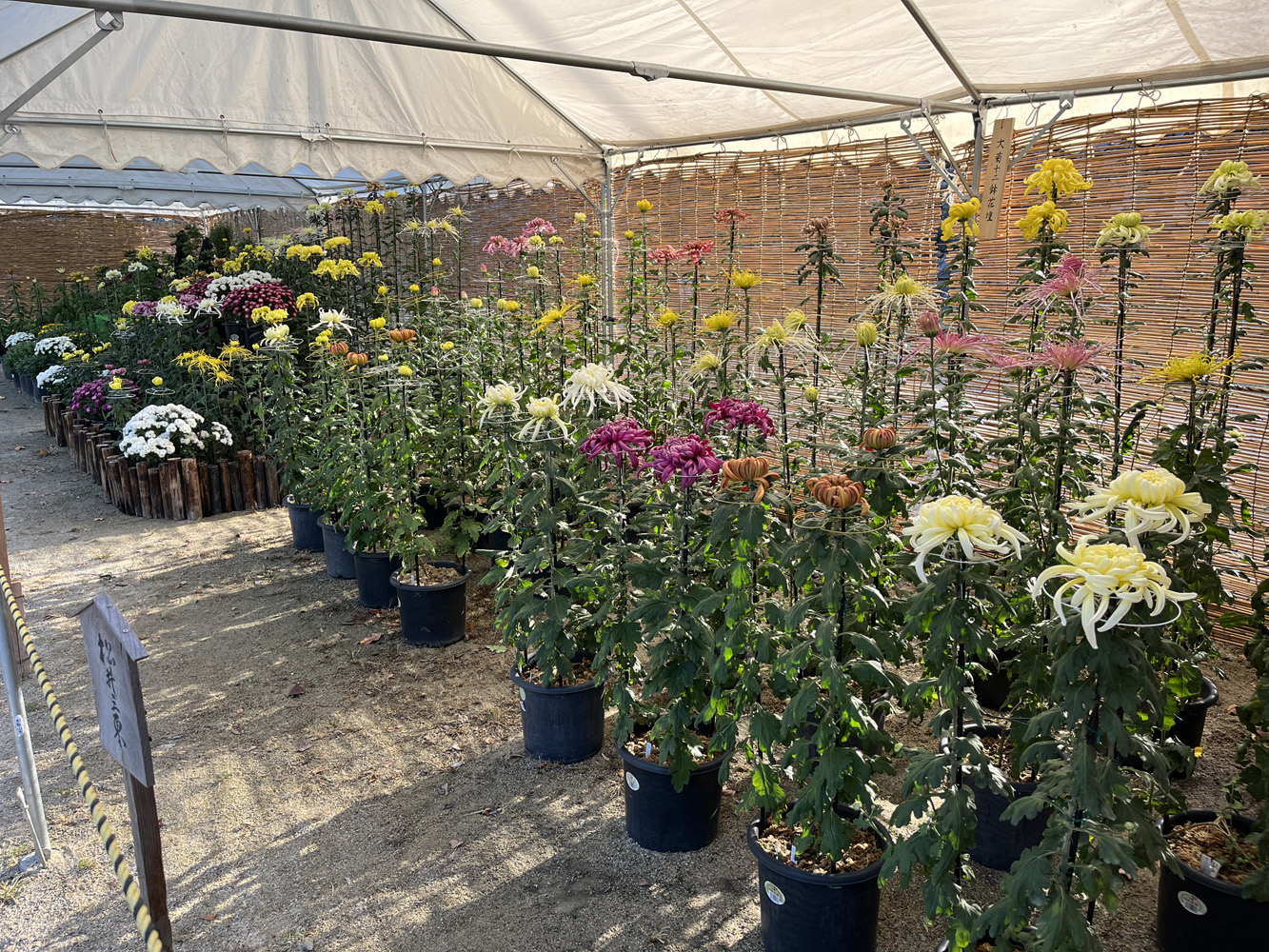

From there we continued past a large grassed area with planted trees before climb up a winding path up to the castle itself which was situated on top of the hill. Interestedly unlike most of the castles we have visited, from lower down Wakayama Castle could not always been seen, due to the tree line.
The castle was very impressive, it was compact in size with the main tower being on the east side with walls surrounding the inner courtyard, with turret on each remaining corner. The were some stairs leading up to a viewpoint where we could get a great view of the main tower…it also acted as a great place to get a photo or two!
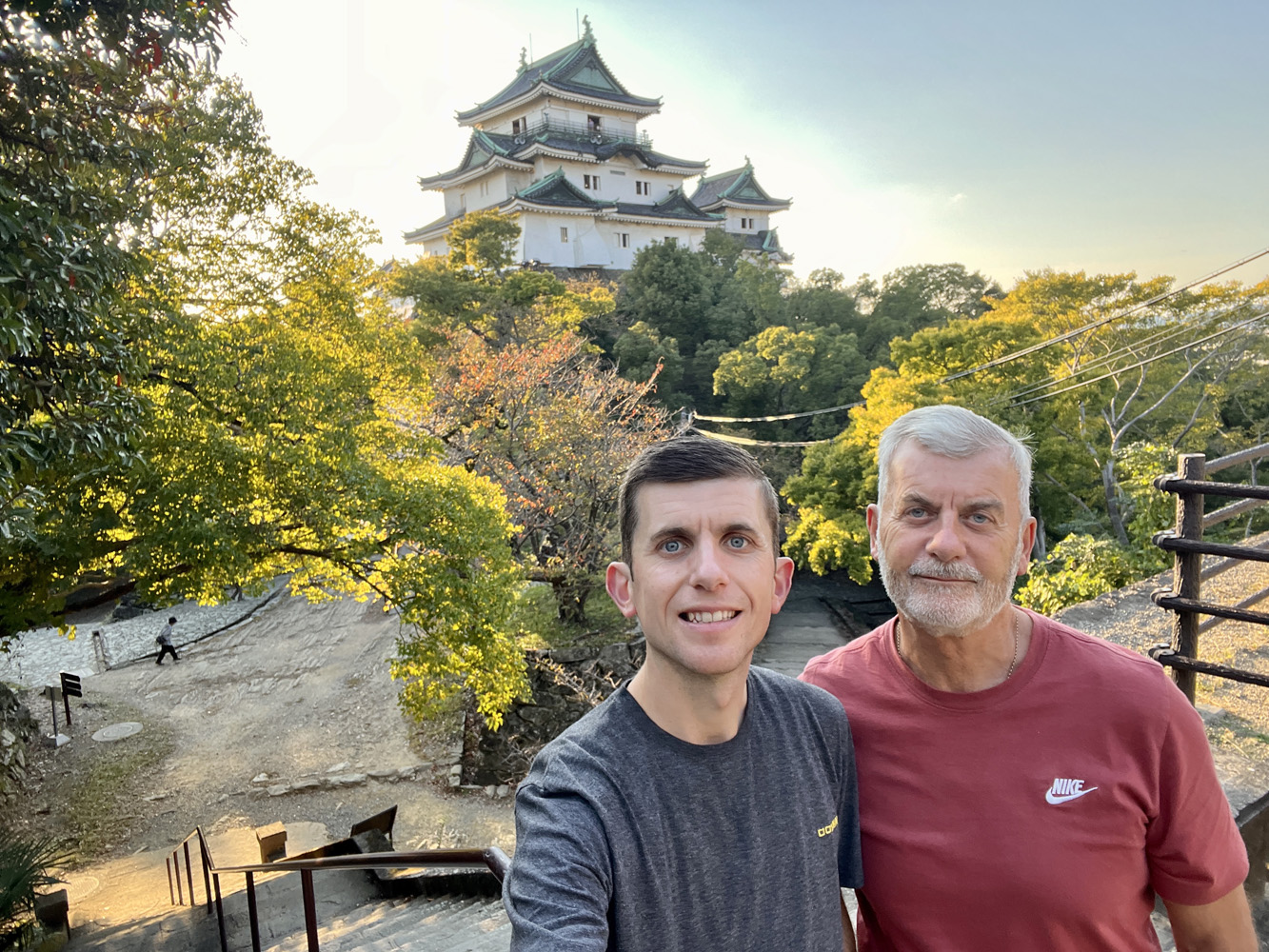
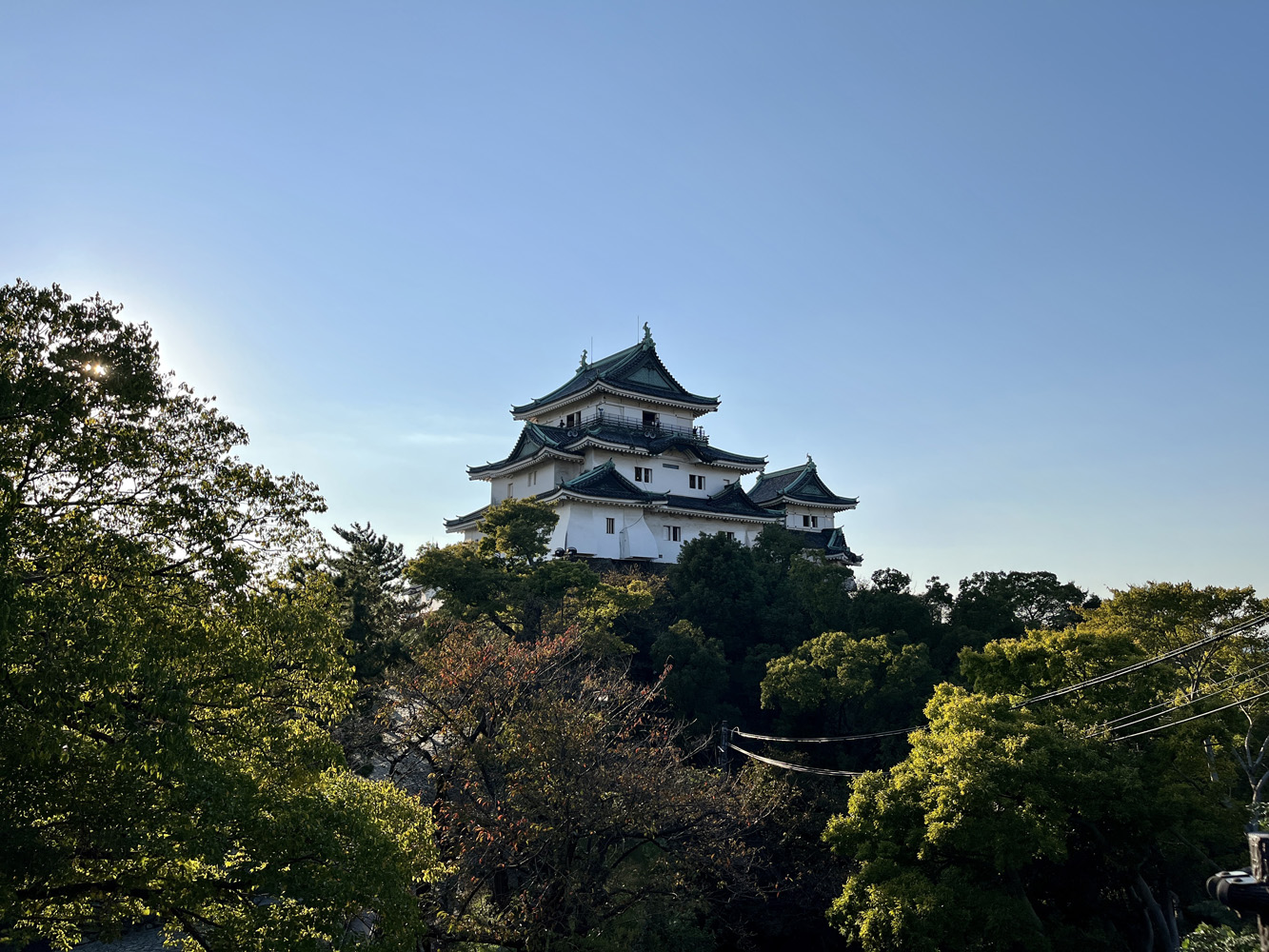
Turning around with the castle on your back there this a stunning view of Wakayama city below in the distance! The castle’s grounds are also surround by a moat on two sides. For centuries Wakayama castle has dominated the skyline of the city. The castle’s construction started around 1585, when Hideyoshi Hashiba instructed his brother Hidenaga to start and oversee the castle build on Mt. Torafusa. But in 1600, after the battle of Sekigahara, Yoshinaga Asano took over the castle and so continued its construction. In 1619, Yorinobu, son of leyasu Tokugawa came the new lord of the castle…he then preformed major improvements to the castle walls, with multiple interconnecting towers.
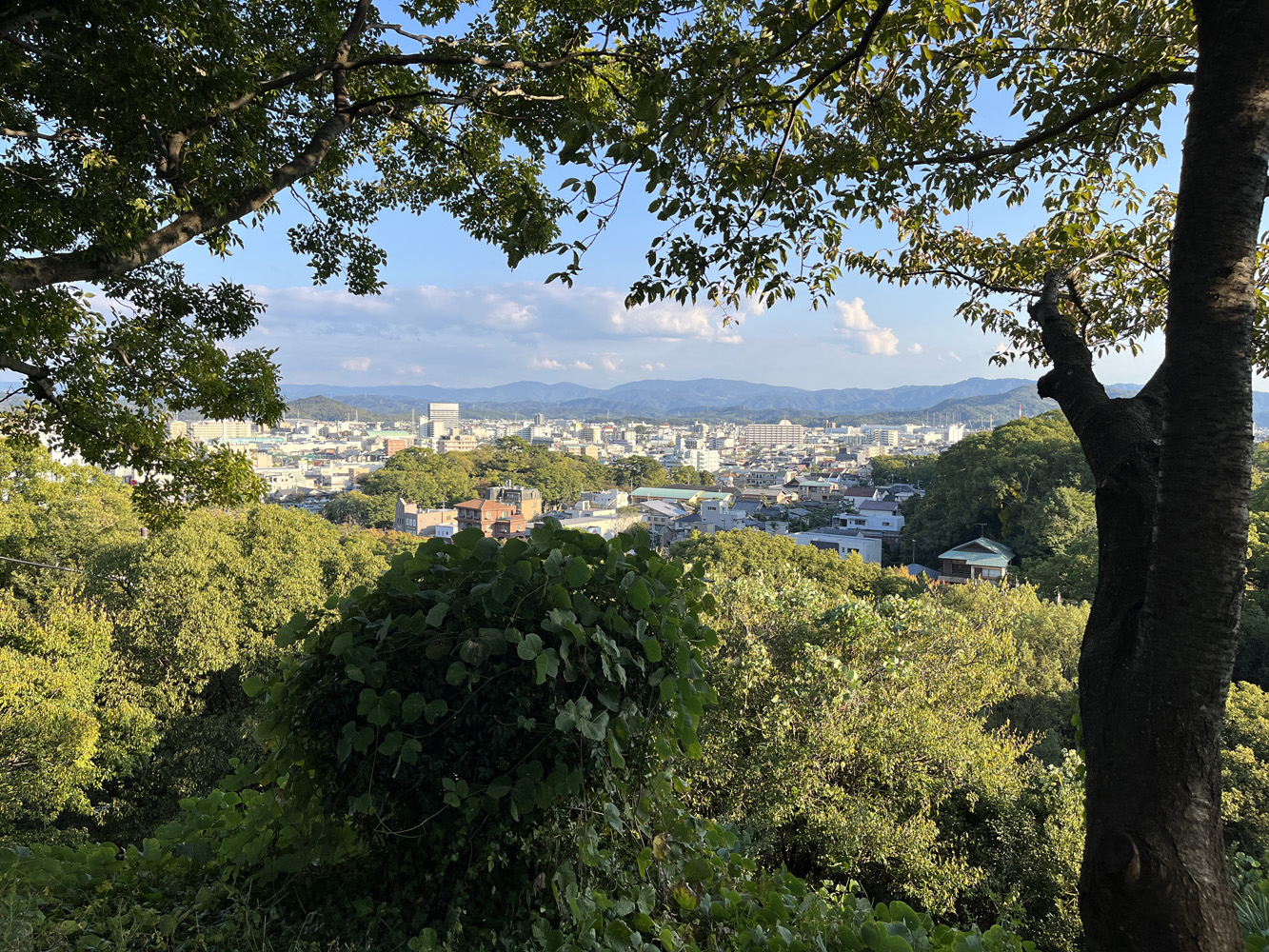
Being at the southern tip of Japan’s main Honshu island, Wakayama Castle was a key strategic fortress to protect western Japan, and would have dominated the land and the sea. The castle is a reminder of the city’s historical richness and strategic position during the feudal times. The entire site is now considered a Historic Landmark with important cultural properties, and is also now a popular spot for cherry blossom viewing in the spring, thanks to the 600 trees, and as we saw the autumn colours.
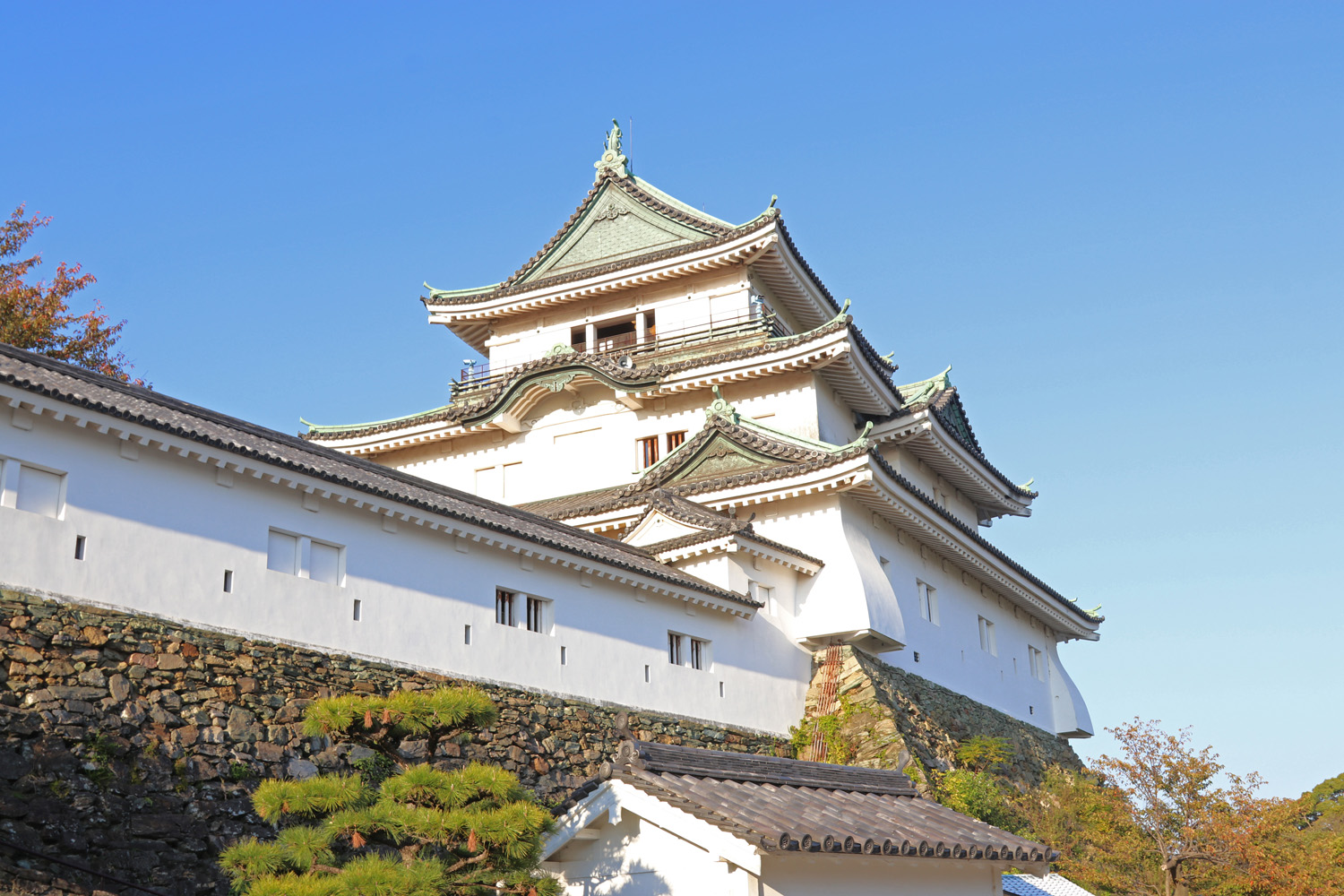
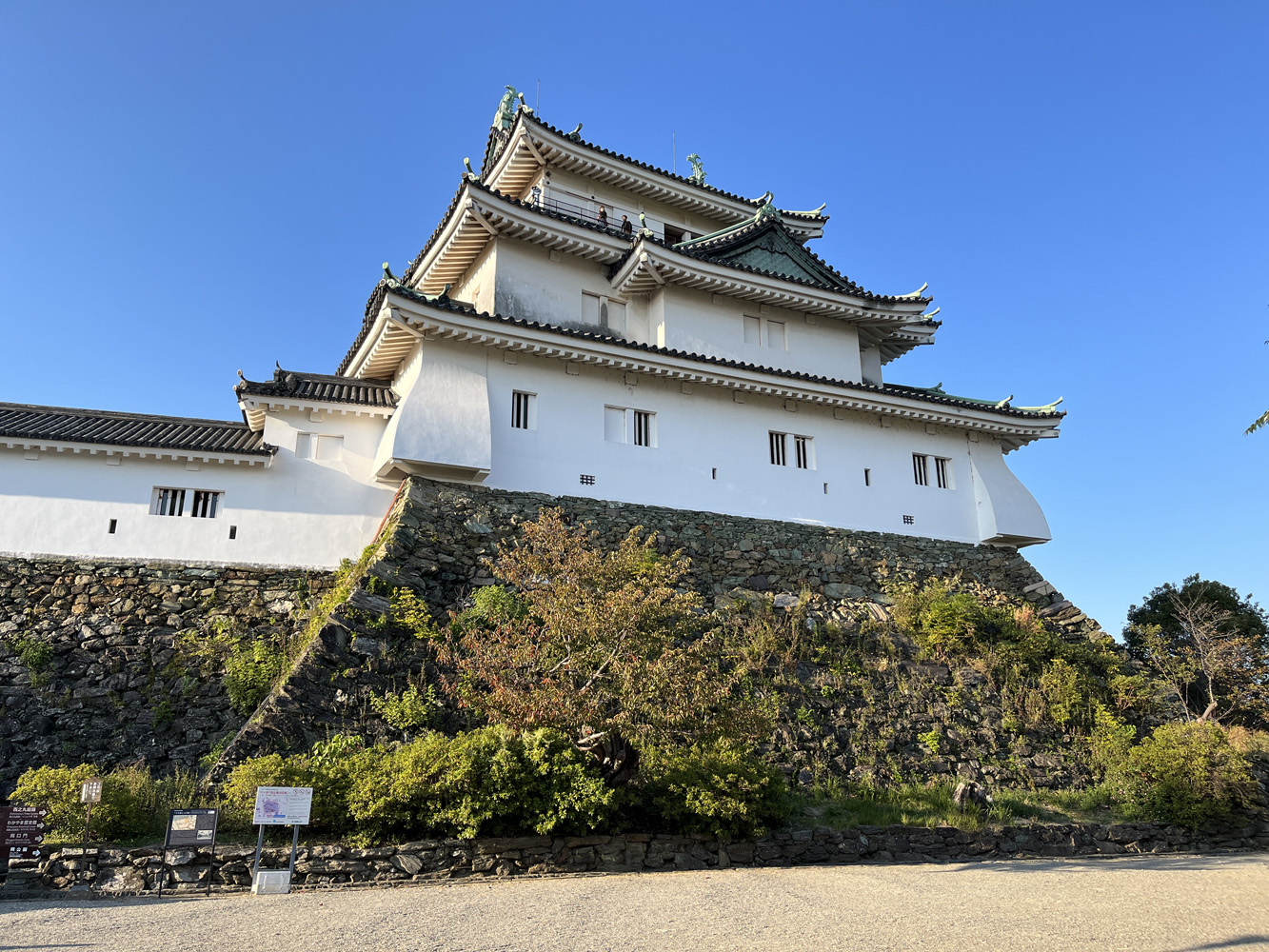

From the castle we then continued to explore the grounds and head to the Nishinomaru garden. Just before the entrance to the garden we came across a stunning corridor bridge, which was was built in the Tokugawa period and would have connected the garden to the lord’s living area, the Ninomaru Ooku. The bridge has a roof and wall which would have been to protect the lord, his attendants and maids from the weather and prevent them from being seen from the outside. It is said to be a rare type of bridge in Japan, because of the height difference between the two bank sides and the floorboards being constructed in serrated patterns to prevent slipping. The bridge was last restored in 2006.
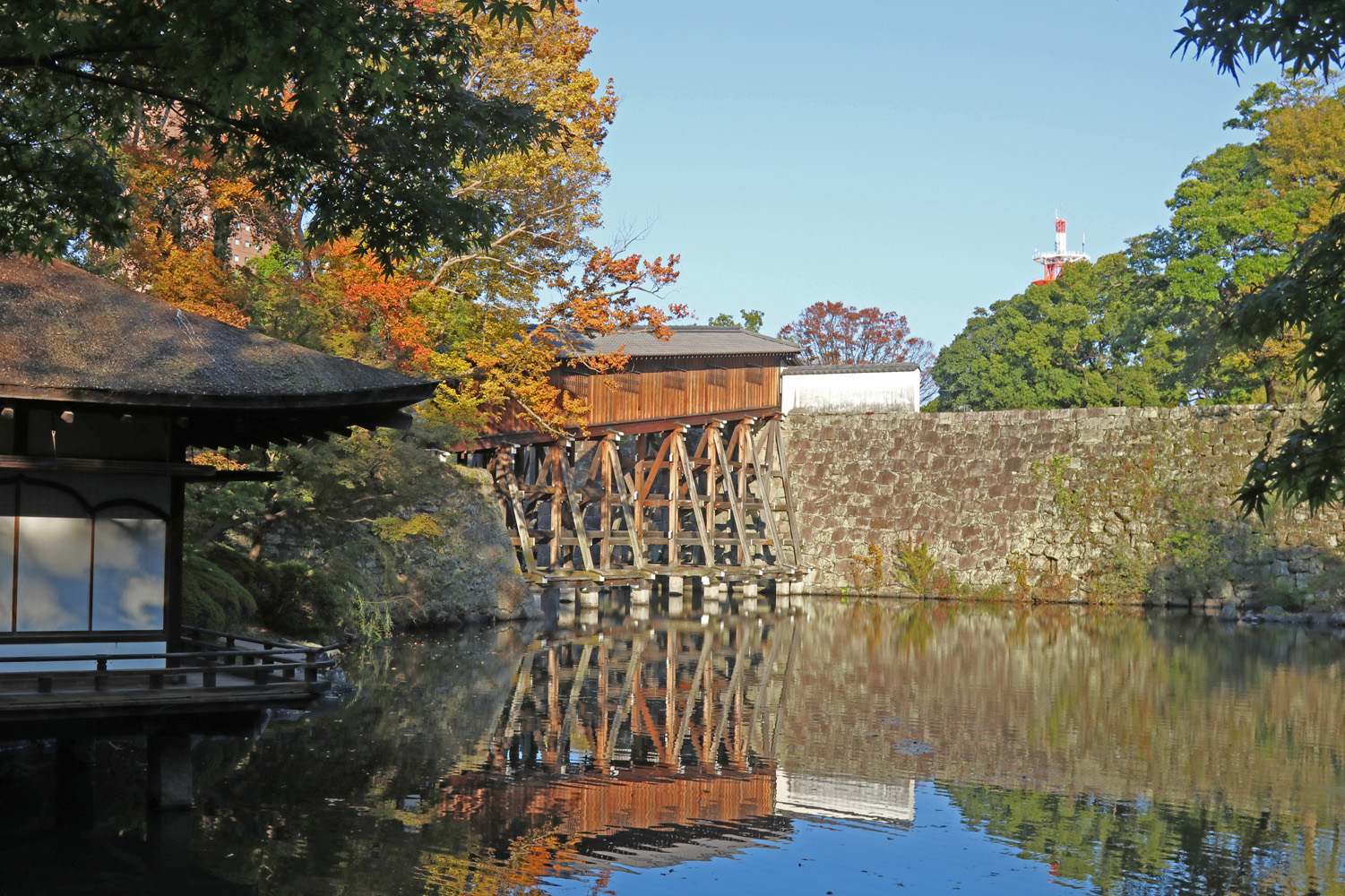
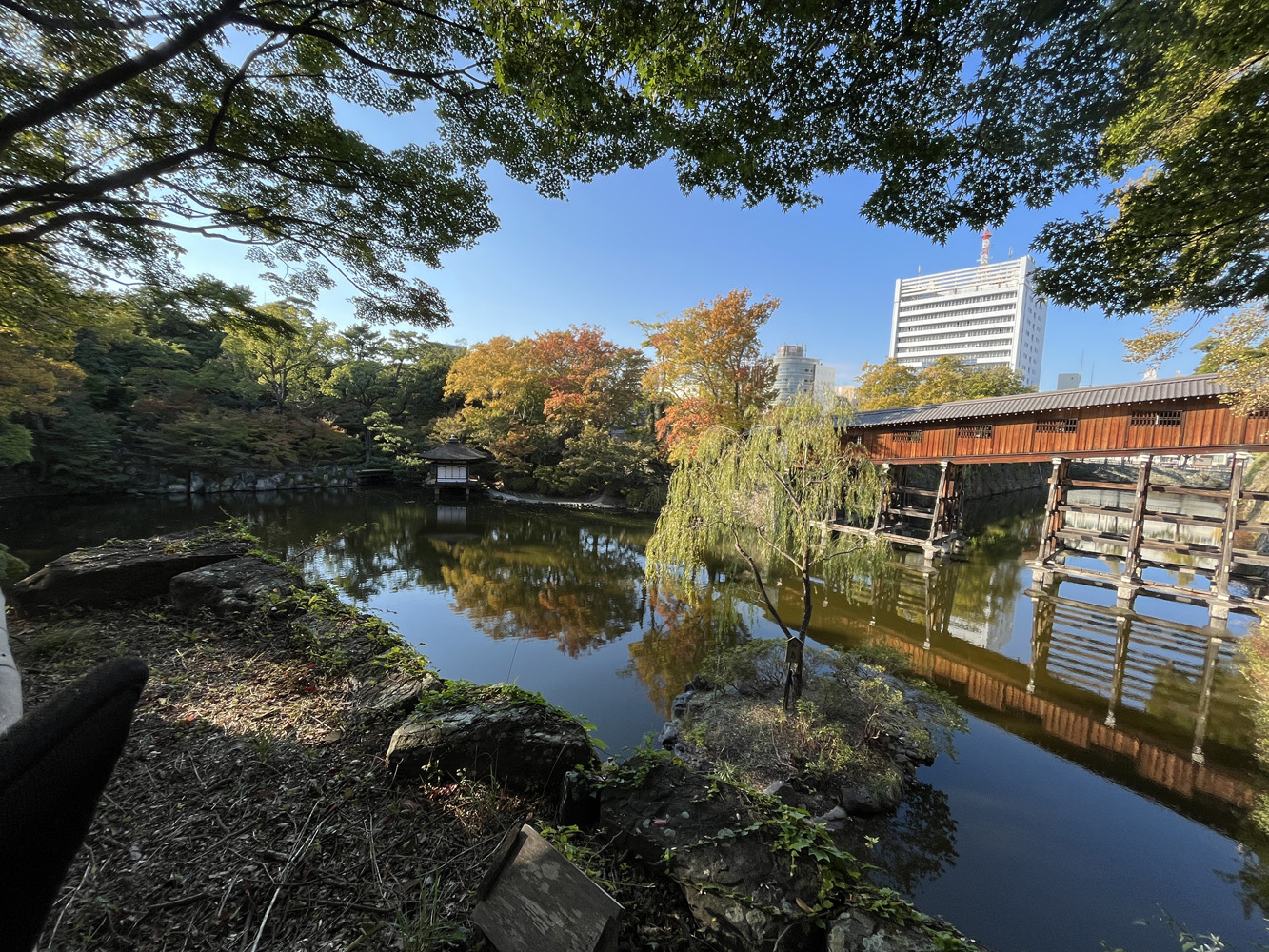
From the bridge we then entered the Nishinomaru Garden. Although on the smaller size the daimyo style garden was no less attractive, with its, trees, stepping stones, and lanterns. The garden is from the Edo period (1603 – 1863) and uses the steep banks sides of a Mt. Torabuse as an advantage, making the garden seem a lot bigger than it is. Walking around the outer path you climb up and get a lovely view of the pond in the middle of the garden.
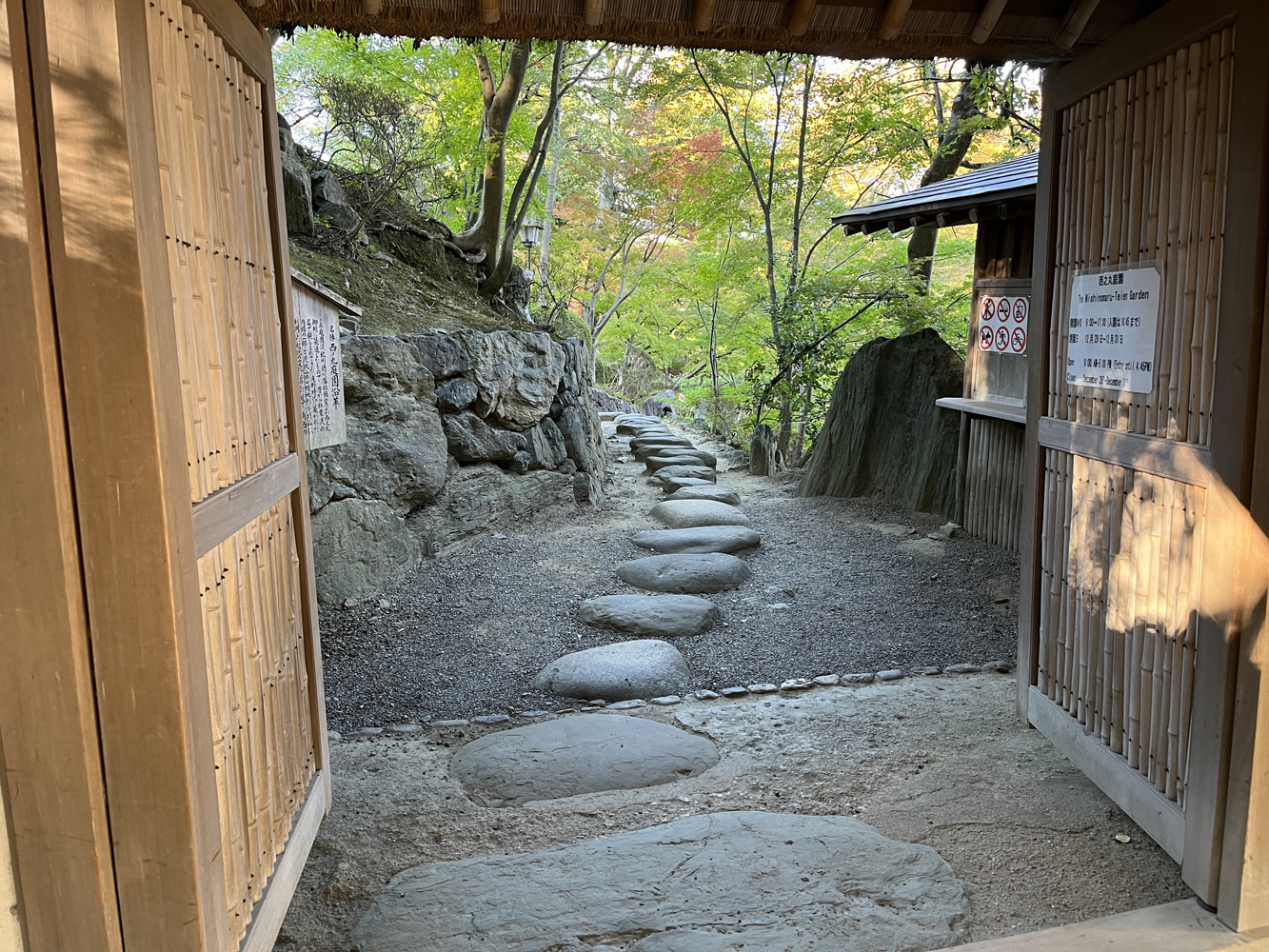
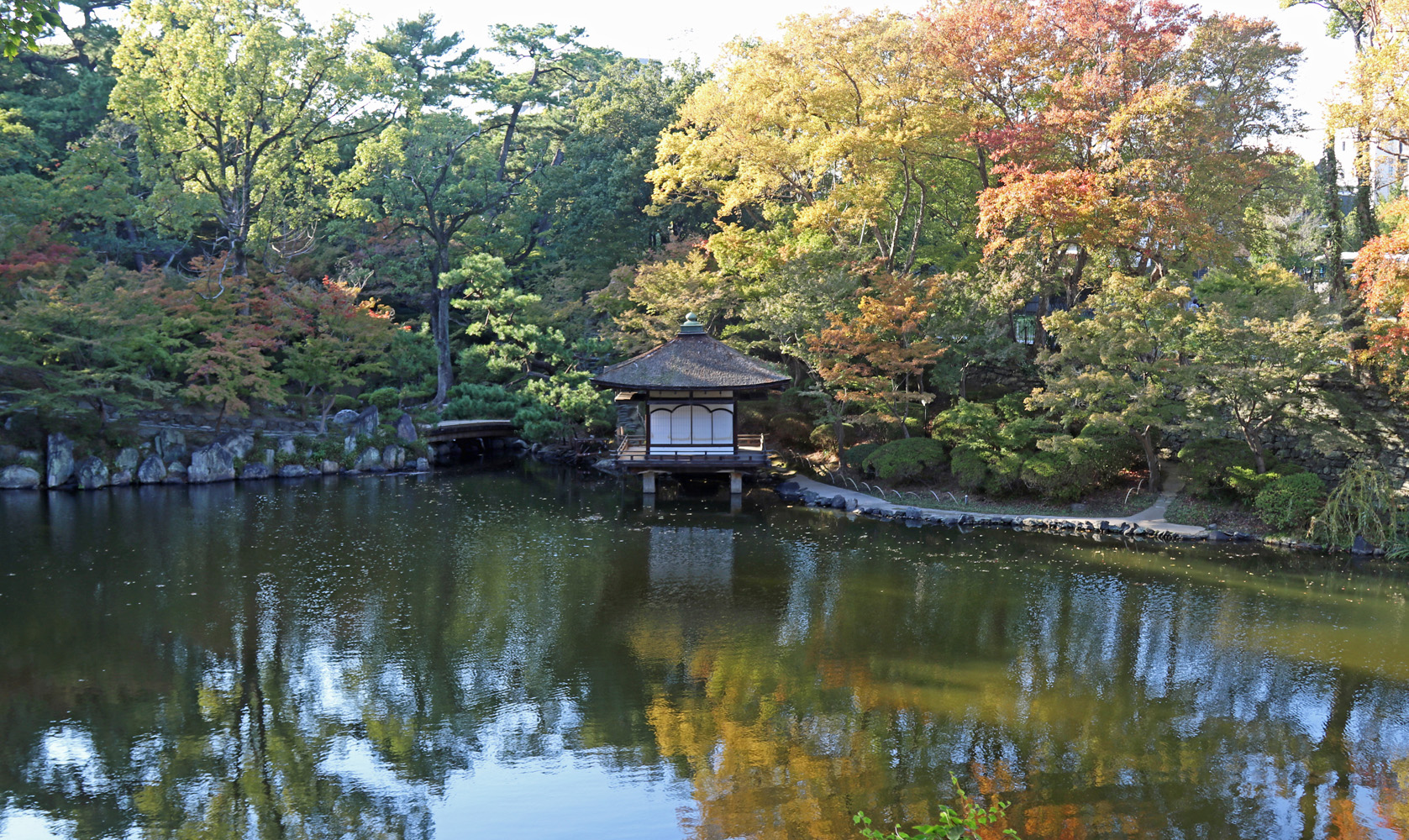
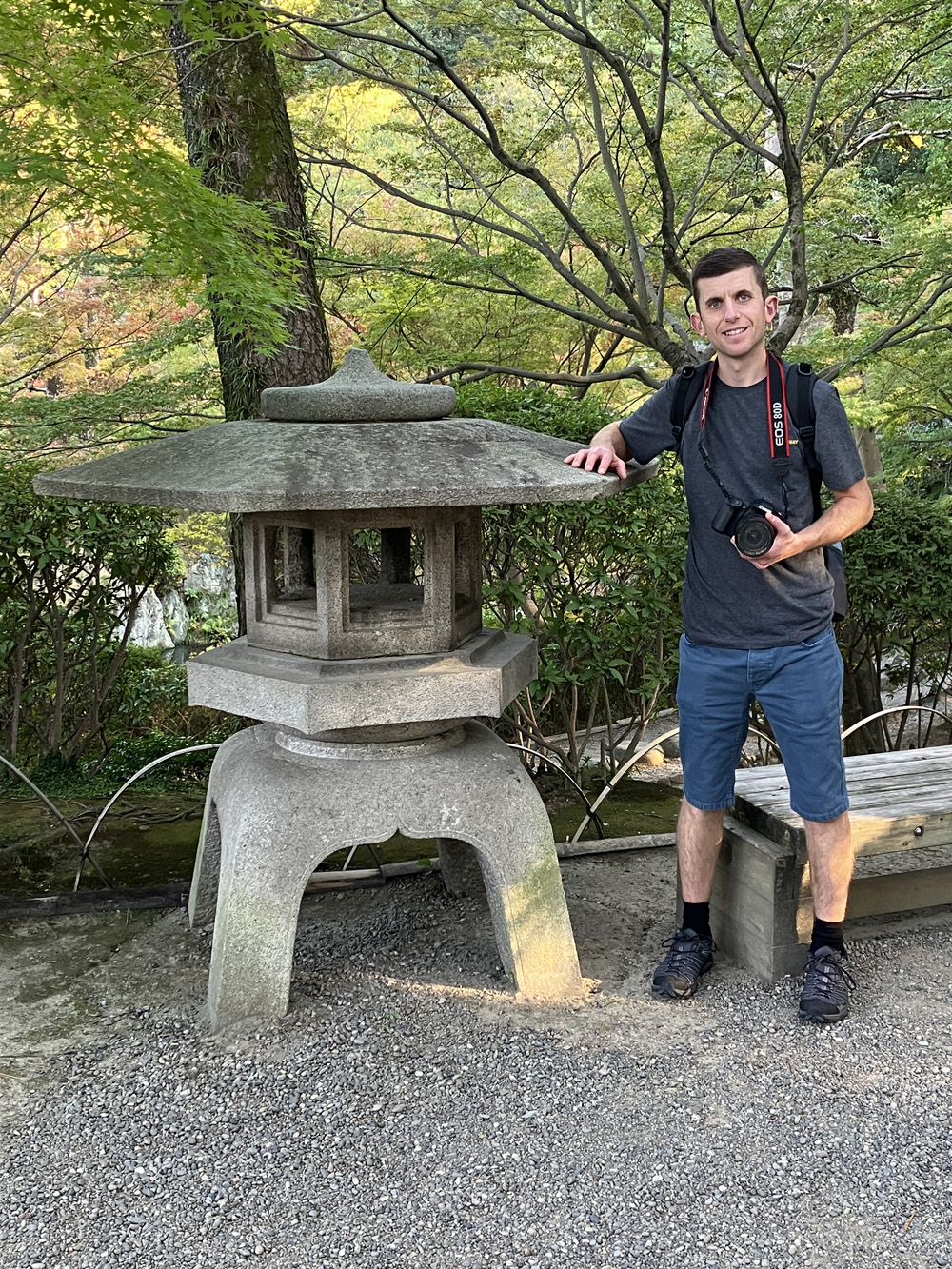
The history of the garden is interesting as it isn’t 100% which lord order the garden to be constructed, it is thought to be either the Asano Family or the first founder of the Tokugawa family. As we saw, the garden is particularly lovely in the autumn due to the tree colours.

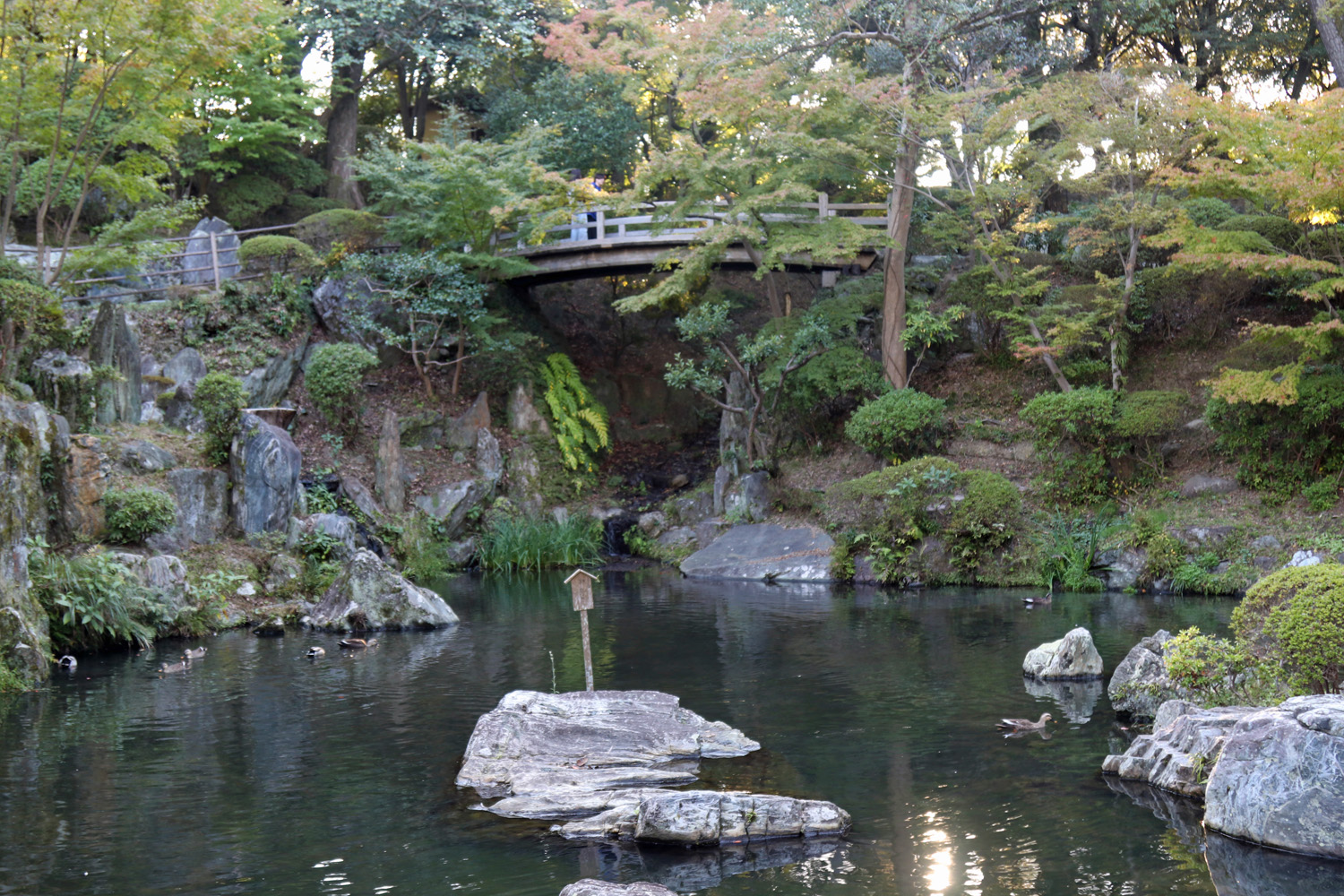
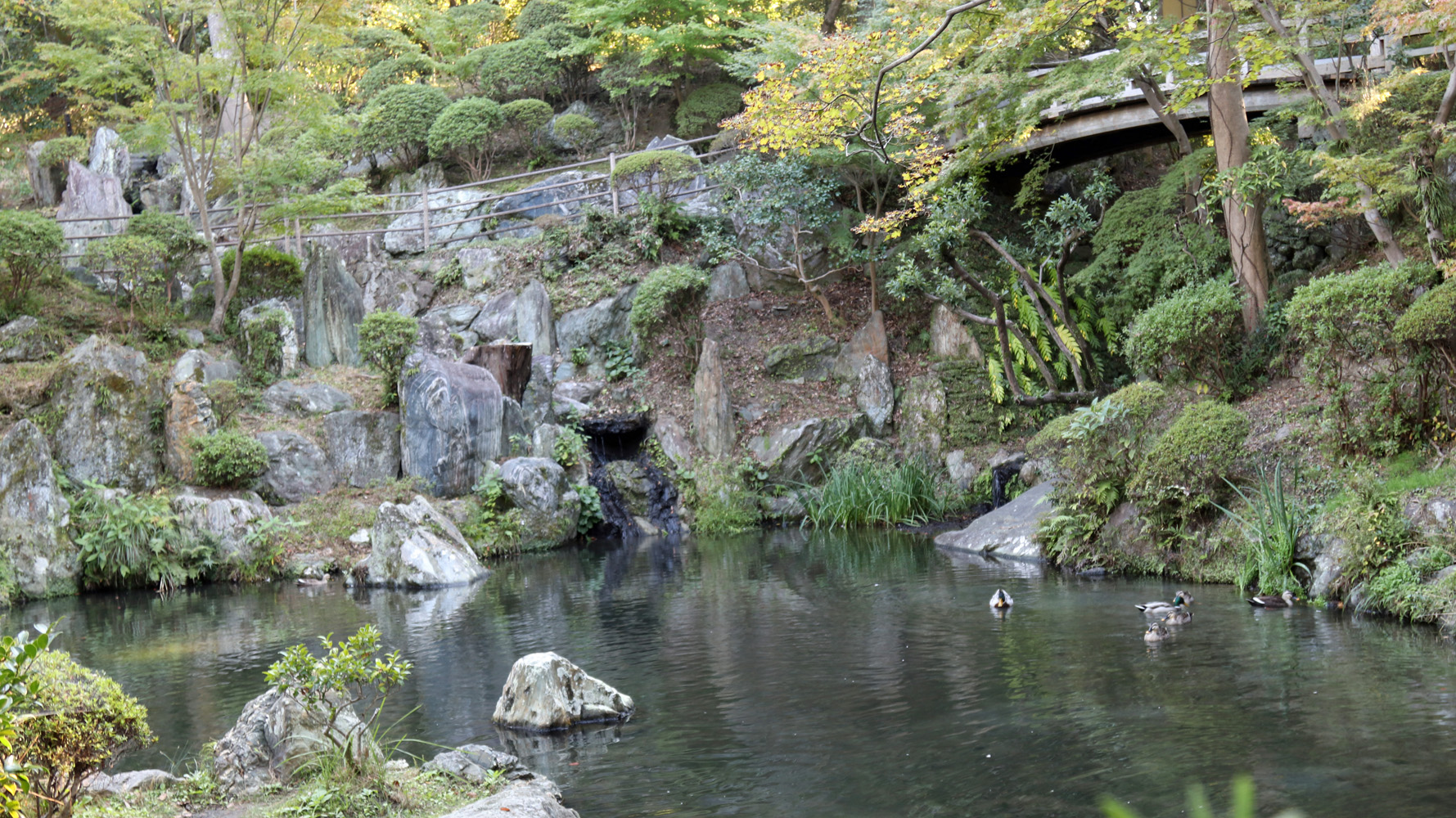
After enjoying the garden, we then continued around the castle grounds, within them being oddly a small Zoo, which is free to enter and has a ranch of animals from penguins to bears The Zoo has a total of 147 animals and 47 species and actually opened in the Taisho era, which is between 1912 to 1925!
So, after the Zoo we decided to head back. It was certainly an enjoyable afternoon and great to absorb the history walking around castle and gardens. Back to the hotel to check in, freshen up then out for our first main Japanese meal for this trip, Tonkatsu (pork cuttles) and a beer or two…おいしいですね.
Despite it being half a day, we
still walked around 6 miles…

Please find our other articles in the 'Locations' section of the website.

